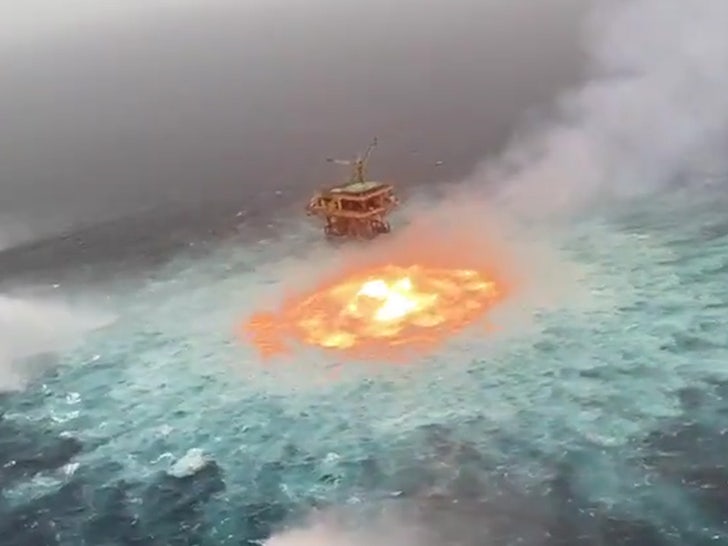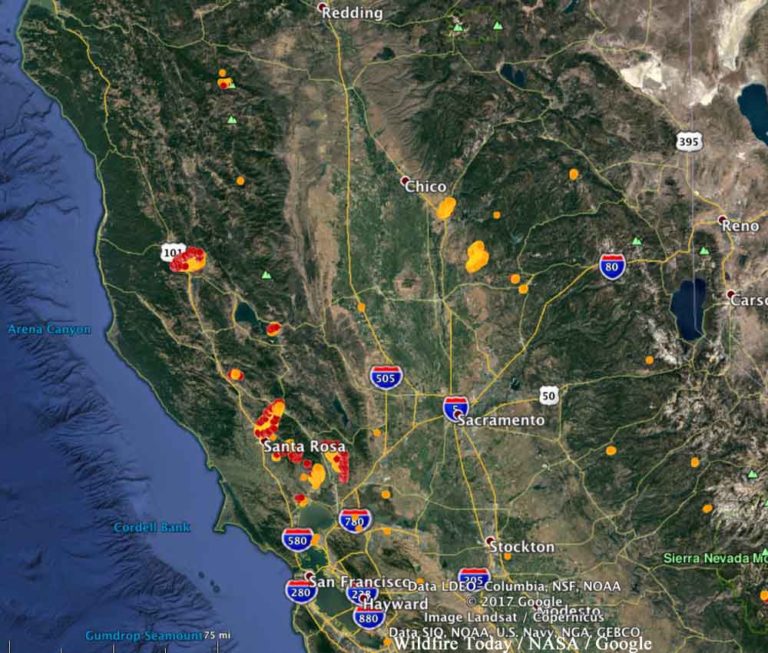
NOAA/AOML developed an index based on satellite data, that maps where the conditions are favorable for the presence of bluefin tuna larvae.

The Loop Current system is a determining factor for the presence of bluefin tuna larvae. It is also usually associated with warm waters visible in Sea Surface Temperature. In particular, the Loop Current is associated with high sea surface height, measured by altimetry. The Loop Current and associated eddies are routinely monitored via satellite products. When the Loop Current is extended, it eventually sheds a large eddy, or Ring, which then drifts westward, whereas the Loop Current retracts to the south.

The Loop Current is a fascinating ocean current, which changes extension with time: from a retracted, direct pathway between the Yucatan Channel at the southern entrance of the Gulf and its exit at the Straits of Florida, it slowly grows inside the eastern Gulf of Mexico, until its extension almost reaches the Mississippi Delta and forms a large loop (hence its name) before exiting the Gulf. The Loop Current indeed carries warm waters from the Caribbean Sea into the colder Gulf of Mexico, and then into the North Atlantic Ocean. The main dynamical feature of the Gulf of Mexico is the Loop Current, which is a portion, upstream of the Gulf Stream, of the North Atlantic western boundary current that carries ocean waters from the Tropics towards the high latitudes. The Gulf of Mexico is a semi-enclosed basin connected, to the south, to the Caribbean Sea, and to the North Atlantic Ocean to the east.


 0 kommentar(er)
0 kommentar(er)
